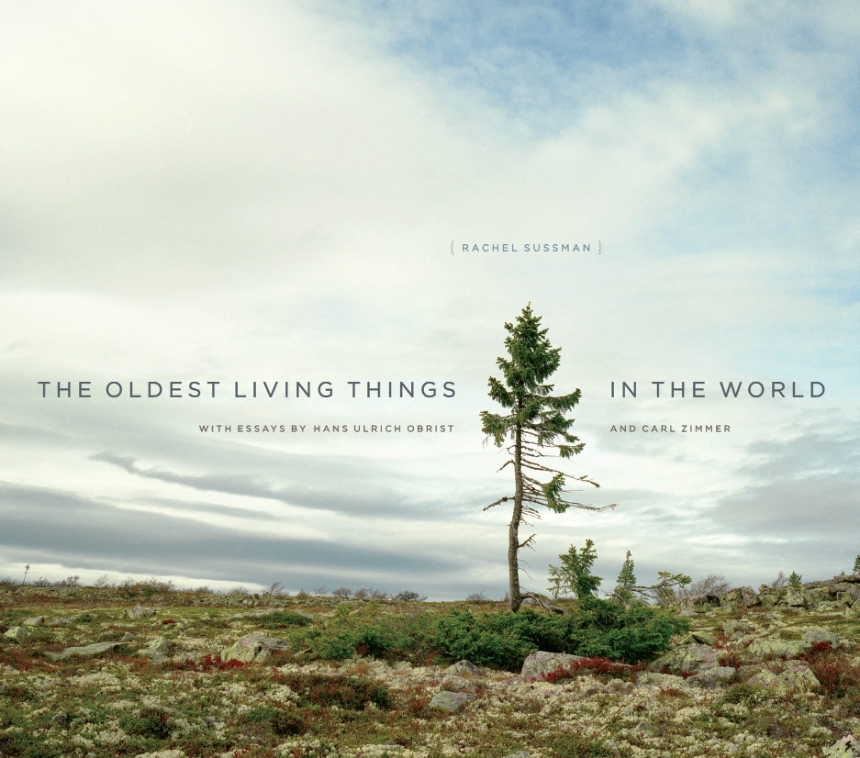The Oldest Living Things in the World
Her work is both timeless and timely, and spans disciplines, continents, and millennia. It is underscored by an innate environmentalism and driven by Sussman’s relentless curiosity. She begins at “year zero,” and looks back from there, photographing the past in the present. These ancient individuals live on every continent and range from Greenlandic lichens that grow only one centimeter a century, to unique desert shrubs in Africa and South America, a predatory fungus in Oregon, Caribbean brain coral, to an 80,000-year-old colony of aspen in Utah. Sussman journeyed to Antarctica to photograph 5,500-year-old moss; Australia for stromatolites, primeval organisms tied to the oxygenation of the planet and the beginnings of life on Earth; and to Tasmania to capture a 43,600-year-old self-propagating shrub that’s the last individual of its kind. Her portraits reveal the living history of our planet—and what we stand to lose in the future. These ancient survivors have weathered millennia in some of the world’s most extreme environments, yet climate change and human encroachment have put many of them in danger. Two of her subjects have already met with untimely deaths by human hands.
Alongside the photographs, Sussman relays fascinating – and sometimes harrowing – tales of her global adventures tracking down her subjects and shares insights from the scientists who research them. The oldest living things in the world are a record and celebration of the past, a call to action in the present, and a barometer of our future.
304 pages | 124 color plates, 4 infographics | 11-1/2 x 10 | © 2014
Art: Photography
Biological Sciences: Conservation, Ecology, Natural History
Earth Sciences: Environment
Reviews
Table of Contents
Preface: The World as We Know It
Art Essay: The Future Is Invented with Fragments from the Past
Hans Ulrich Obrist
Acknowledgments
Introduction
Science Essay: How Lives Become Long
Carl Zimmer
Infographic 1: OLTW World Map
North America
1 Giant Sequoia
2 Bristlecone Pine
3 Creosote Bush
4 Mojave Yucca
5 Honey Mushroom
6 Box Huckleberry
7 Palmer’s Oak
8 Pando
9 The Senator
10 Map Lichens
Infographic 2: Linnean Taxonomy
South America
11 Llareta (or Yareta)
12 Alerce
13 Brain Coral
Europe
14 Fortingall Yew
15 Chestnut of 100 Horses
16 Posidonia Sea Grass
17 Olive
18 Spruce
Infographic 3: Deep Timeline
Asia
19 Jomon Sugi
20 Sri Maha Bodhi
21 Siberian Actinobacteria
Africa
22 Baobab
23 Underground Forests
24 Welwitschia
Australia
25 Antarctic Beech
26 Tasmanian Lomatia
27 Huon Pine
28 Eucalyptus: NSW and WA
29 Stromatolites
Antarctica
30 Antarctic Moss
Infographic 4: Growth Strategy
Roads Not (Yet) Taken
Researchers, Guides, Guests, and “A Little Way Through”
Glossary
Chronological Index
Exosystem Index
